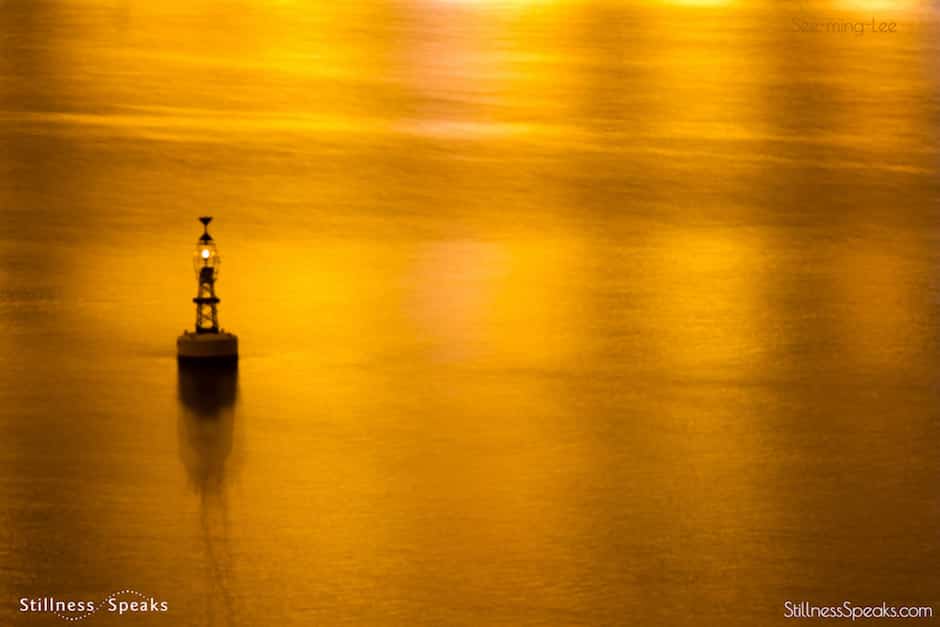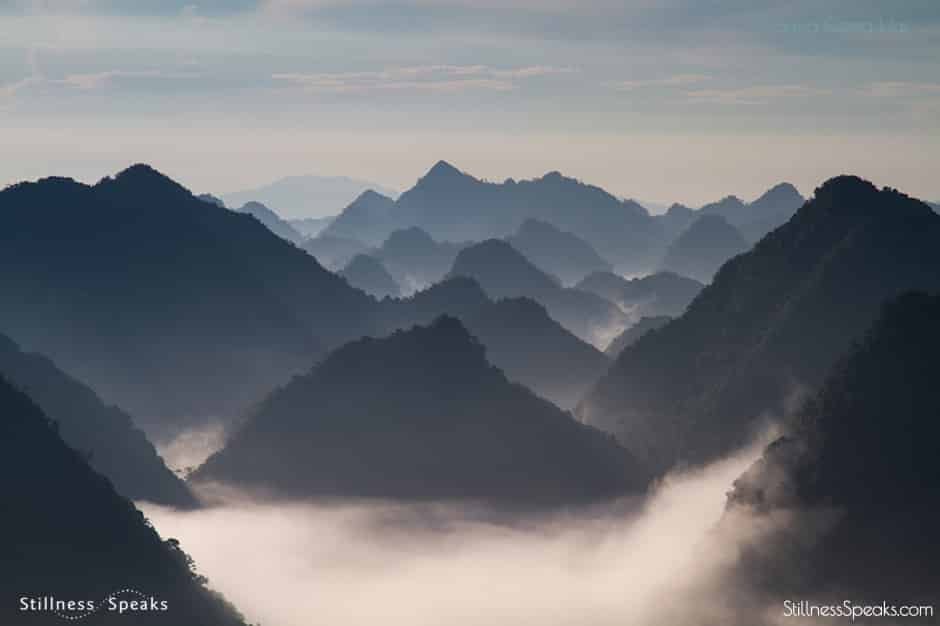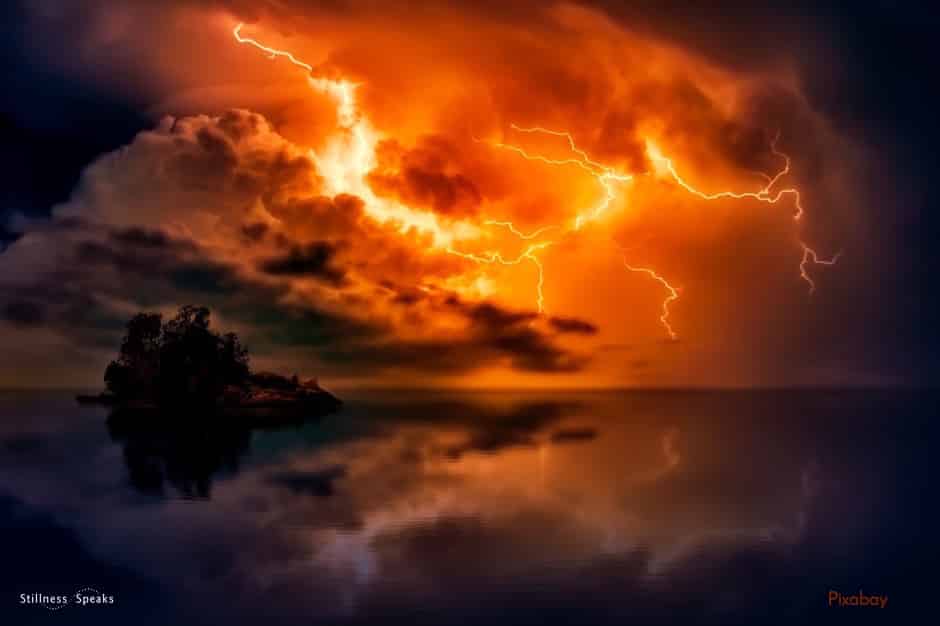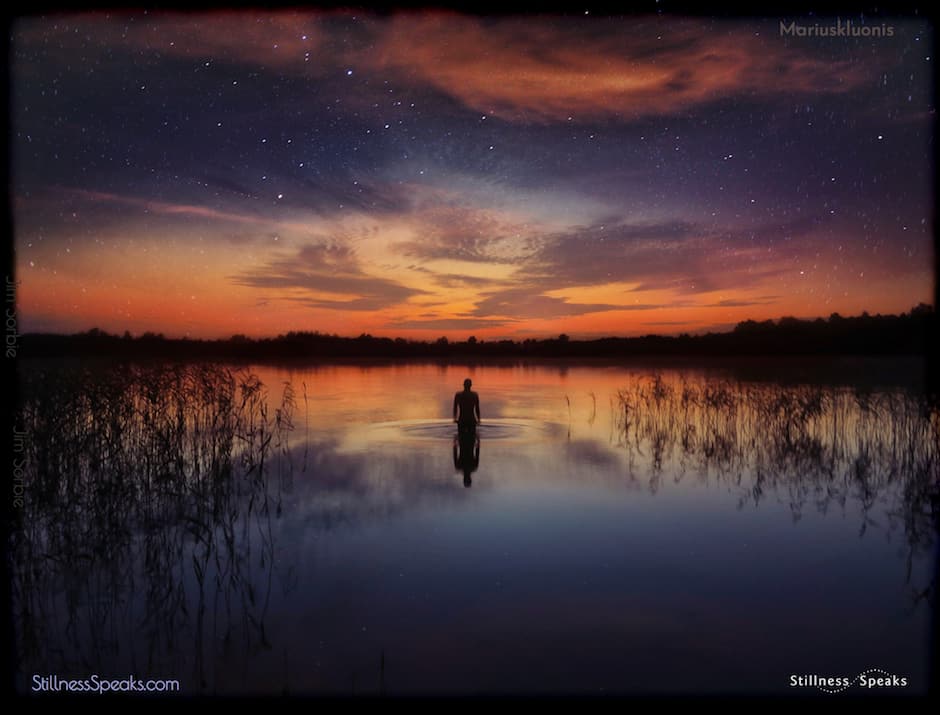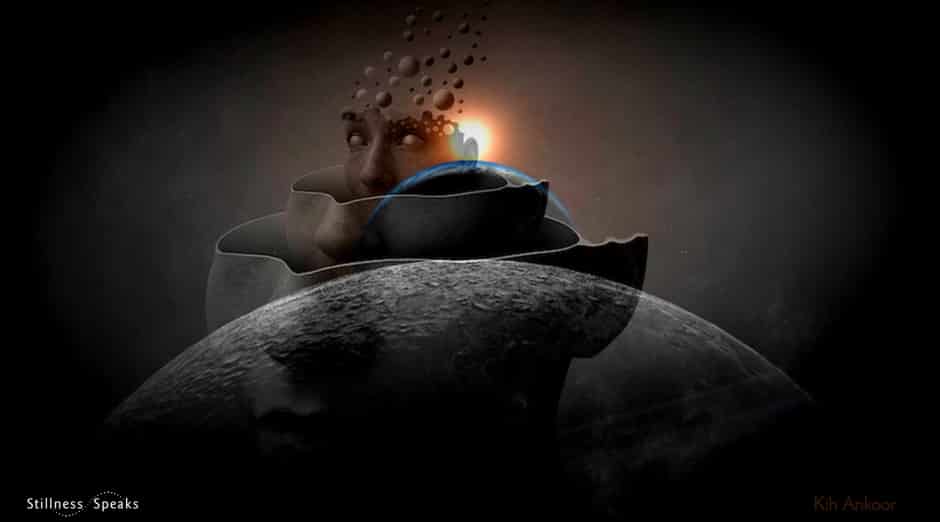” … you are trying to detect something very subtle, the presence of the eternal observer, the still point of the turning world.” ~ Shinzen Young
This post previews Part 3 of the short video-clip series (Spontaneous Glimpses & Leaking Samadhi) with Shinzen Young. Shinzen goes into detail about mindfulness practice, particularly focusing on concentration, clarity, and equanimity … and also covers self inquiry in the context of mindfulness practice. Italicized text is quoted directly from the video.
In Part 2 of this short-video clip series he answers the question: Is {spiritual} practice necessary? … You will be able to view this answer in the full featured video which will be available as a gift in our upcoming survey (around April 25, 2018). Become a subscriber to receive the survey, by clicking here to sign up for our email newsletter …
In Part 1, Shinzen discusses the experience of glimpsing our true nature … which far too often fades away.
Shinzen’s premise is that self-inquiry is a form of mindfulness and it requires concentration, clarity and equanimity. He has created a “systematic technique to do self inquiry which is mounted within a mindfulness frame work.”
Shinzen describes unrestricted focus meditation as choiceness awareness, open presence or, in Zen terms, just sitting. He calls this practice, “note everything.”
“As each sensory event arises you can imagine that your awareness is like an arrow pointing to that sensory event. If that sensory event instantly vanishes….that’s impermanence. But it if doesn’t vanish, you soak your awareness into it. That’s a very important principle called khanika samadhi or momentary high concentration.”
Shinzen says this “note everything” practice is classic mindfulness with an unrestricted range and is how he likes to teach. He claims that this practice develops concentration, even though you are not bringing your attention back to a particular thing. “In this work, you are momentarily tasting concentration.”
The practice also requires equanimity, because in choiceless awareness, “you aren’t trying to get comfortable and find answers.” And, this unrestricted mindfulness brings with it, sensory clarity. You see hear, and feel.
Where is self inquiry in this type of Vipassana? According to Shinzen, “…with a slight modification this becomes self inquiry.”
“Instead of pouring your attention onto each sensory event, the arrow of awareness is hollow … let you attention move wherever it wants to move, but instead of pouring your attention down toward the sensory object, you briefly turn your attention 180 degrees back and try to look briefly and gently at the knot end of the arrow…”
“….beyond the back end of that arrow, is where the observer is….. if you just look out of he corner of your eye or the edge of your body, 180 degrees, that primordial perfection is always there. On the other hand, if you do mindfulness practice eventually everything disappears as soon you notice it, and the place that it goes to when it disappears IS the place at the other end of the arrow where the observer is. They are the same place.”
Shinzen claims….”you need to have concentration, clarity and equanimity … you are trying to detect something very subtle, the presence of the eternal observer, the still point of the turning world.”
In Part 2 of this short-video clip series he answers the question: Is {spiritual} practice necessary? … You will be able to view this answer in the full featured video which will be available as a gift in our upcoming survey (around April 25, 2018). Become a subscriber to receive the survey, by clicking here to sign up for our email newsletter …
In Part 1, Shinzen discusses the experience of glimpsing our true nature … which far too often fades away.
For a full BIO and many more resources to Shinzen’s work (books, videos, and articles) see this prolific mindfulness master’s Teacher’s Page.
This clip and the upcoming film is a Stillness Speaks production. It is produced by Chris Hebard. Filmographer (including video editing) is Jonathan Mugford (who can be contacted @ jonathan.mugford@gmail.com).
Video clip copyright holder is Stillness Speaks & Pruett Media.
